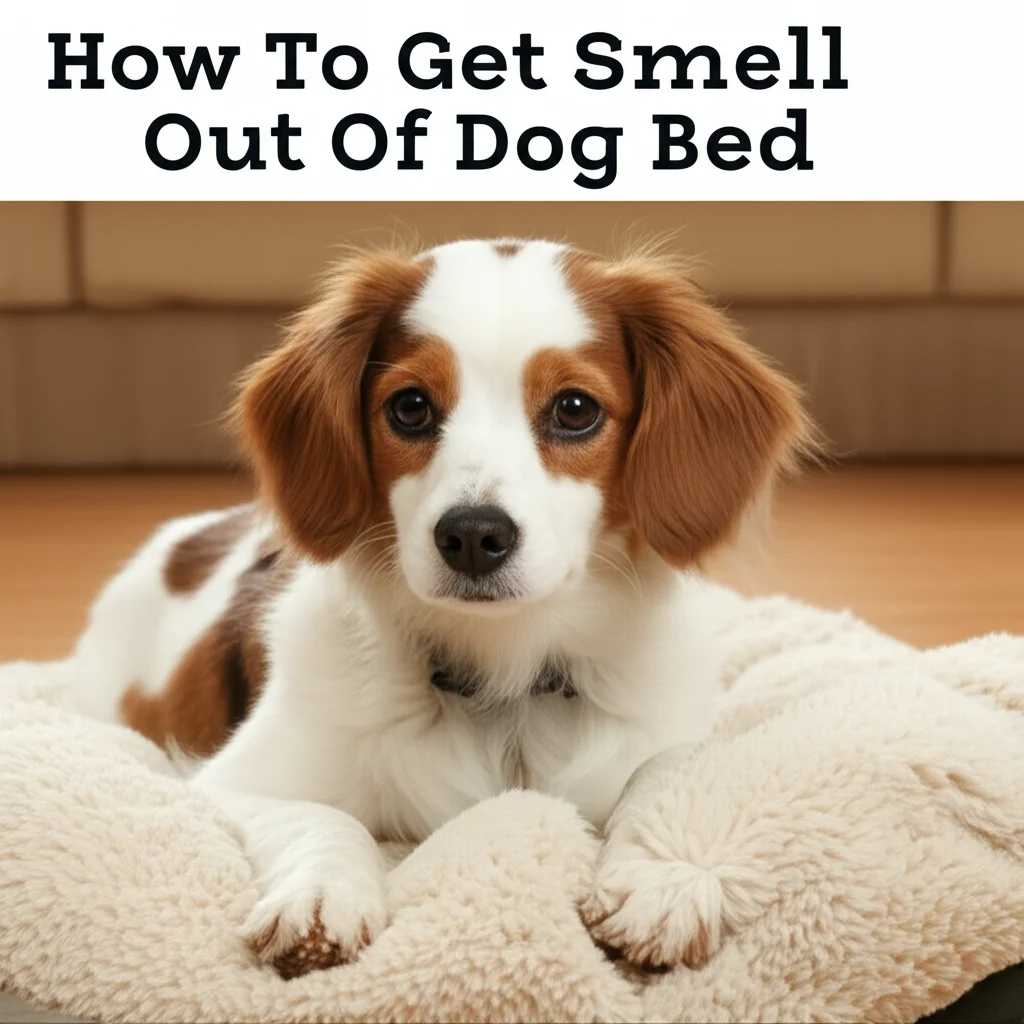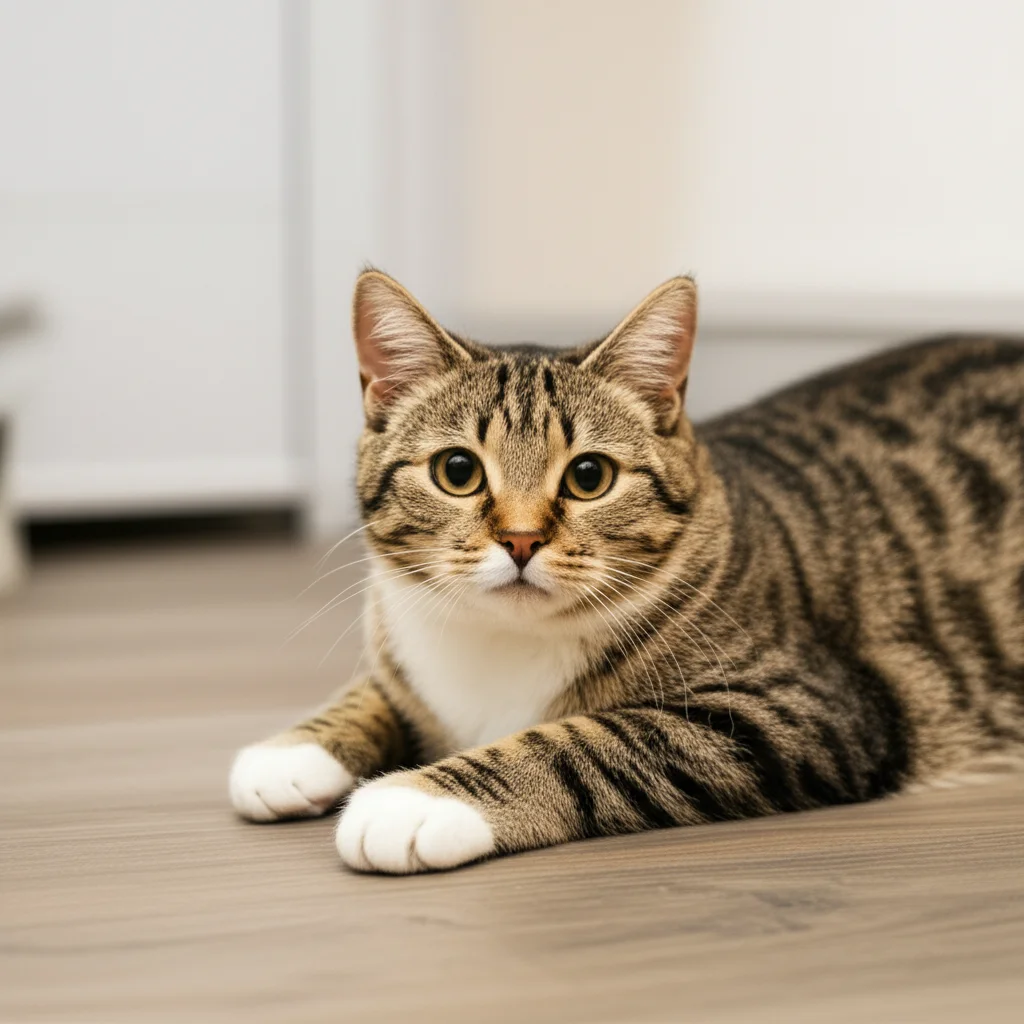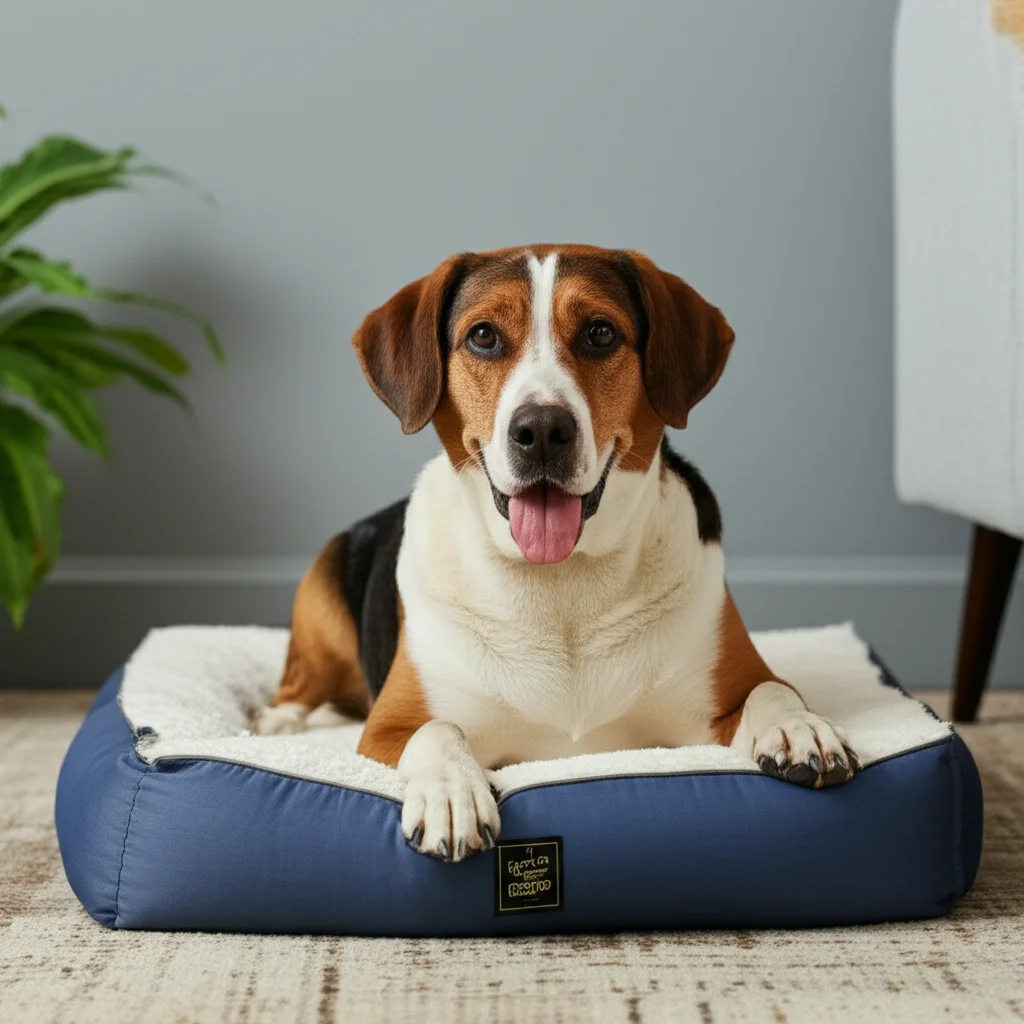· Todd Martin · Pet Care · 14 min read
How To Clean Dog Toys

Clean Dog Toys: A Guide for Pet Parents
My dog’s toys are not just playthings; they are part of my family’s home. These beloved items gather dirt, slobber, and germs over time. Learning how to clean dog toys properly keeps my pet healthy. It also maintains a cleaner living space for everyone. This guide provides methods for cleaning different types of dog toys. We will cover plush toys, rubber chew toys, and more. Regular cleaning prevents bacteria buildup. It also helps extend the life of these essential items. Maintaining clean dog toys is a simple step towards better pet hygiene. It contributes to overall household cleanliness. We will explore safe and effective techniques for every toy material.
Takeaway
- Regularly clean all dog toys to prevent germ buildup.
- Separate cleaning methods apply to different toy materials (plush, rubber, rope, electronic).
- Always use pet-safe cleaning solutions, like mild soap or natural alternatives.
- Thoroughly dry toys after cleaning to prevent mold and mildew.
- Establish a consistent cleaning schedule based on toy use and material.
To effectively clean dog toys, start by sorting them by material. Plush toys can often be machine-washed, while rubber and plastic toys do well with hand washing or in a dishwasher. Always use pet-safe cleaning agents and ensure toys are completely dry before returning them to your dog.
Why Keeping Dog Toys Clean Is Essential
Maintaining clean dog toys is very important for pet health. Dogs often put toys in their mouths. This means germs transfer easily from the toy to the dog. Saliva, food particles, and outdoor dirt accumulate on toys. These conditions create a breeding ground for bacteria and mold. Unclean toys can lead to skin irritations for your dog. They can also cause digestive issues or other infections.
A dirty toy might even carry germs that could affect human family members. This is especially true for young children or people with weakened immune systems. Regular cleaning reduces the risk of illness for both pets and humans. It helps prevent the spread of common dog-related bacteria. These bacteria include E. coli and salmonella. Pet parents should prioritize this cleaning task. It protects the health of their furry friends. It also keeps their home environment hygienic.
Clean toys last longer. Dirt and grime can wear down toy materials over time. Regular washing removes these abrasive elements. This extends the lifespan of your dog’s favorite playthings. A clean toy is a happy toy, and a healthy dog is a happy pet parent. This simple habit contributes significantly to your dog’s well-being.
General Principles for Cleaning All Dog Toys
Before you start cleaning any dog toy, some basic steps apply to all types. First, remove any visible dirt or debris. This includes dog hair, dried mud, or leftover food bits. A quick rinse under warm water can help remove loose grime. Always check the toy for damage. Toys with rips or holes should be repaired or thrown away. Damaged toys can harbor germs. They also pose a choking hazard.
Next, choose pet-safe cleaning agents. Avoid harsh chemicals like bleach or strong detergents. These can be toxic if ingested by your dog. Mild dish soap is often a good choice for many toy types. You can also use a mixture of white vinegar and water. Vinegar is a natural disinfectant. It helps neutralize odors. Always dilute vinegar before use. A 1:1 ratio with water works well.
After cleaning, thorough rinsing is crucial. Any leftover soap residue can upset your dog’s stomach. Rinse toys until no suds remain. Finally, ensure all toys are completely dry before your dog plays with them again. Moisture promotes mold and mildew growth. This can make toys unsafe. Air drying is best, but some toys can be machine-dried on a low setting. Following these general steps prepares you for specific cleaning methods.
Cleaning Plush and Fabric Dog Toys
Plush dog toys, often called soft toys or fabric toys, are favorites for many dogs. They also collect the most slobber and dirt. Most fabric toys can be machine-washed. First, check the care label on the toy. This label usually provides specific washing instructions. If there is no label, assume cold water and a gentle cycle are best.
Before washing, place plush toys inside a mesh laundry bag or a pillowcase. This protects them from damage during the wash cycle. It also prevents small parts from getting lost. Use a pet-safe, mild detergent. Avoid fabric softeners. They can contain chemicals harmful to dogs. A small amount of white vinegar can also be added to the wash. It helps to disinfect and remove odors.
Wash plush toys separately from your clothes. Use cold water on a gentle cycle. Once the cycle finishes, remove the toys. Air dry them thoroughly. You can hang them or lay them flat. Make sure the stuffing is completely dry inside. Damp stuffing can lead to mold growth. Some toys may be tumble-dried on a very low heat setting. If you choose this, add some dryer balls to help fluff them up. For small spots or toys that cannot be machine-washed, hand washing is an option. Use warm, soapy water and scrub the stained area. Rinse well and air dry completely. Regularly cleaning plush toys keeps them fresh.
How to Clean Rubber and Plastic Dog Toys
Rubber and plastic dog toys are durable and easy to clean. These include chew toys, fetch balls, and puzzle feeders. Many of these toys are dishwasher-safe. Always check the manufacturer’s recommendations first. If the toy is dishwasher-safe, place it on the top rack. Use a regular wash cycle. Avoid using harsh dishwasher detergents. These can leave harmful residues. A simple hot water rinse cycle often works well.
For toys that are not dishwasher-safe, hand washing is effective. Fill a basin with warm water and a small amount of pet-safe dish soap. Scrub the toys thoroughly using a brush or sponge. Pay attention to crevices and textured surfaces where dirt can hide. For deeply ingrained grime, a toothbrush can reach tight spots. For plastic toys, you might also find success using techniques similar to how to clean plastic toys. This can help with stubborn dirt and odors.
After scrubbing, rinse the toys very well under running water. Ensure all soap residue is gone. Any leftover soap can irritate your dog’s mouth or stomach. Allow the toys to air dry completely. You can place them on a clean towel or a drying rack. Sunlight can help with disinfection. This method works well for firm rubber balls and hard plastic toys. Consider using a diluted bleach solution (1 part bleach to 32 parts water) for heavy disinfection. Rinse extremely well afterward. This ensures no chemical residue remains.
Cleaning Rope and Chew Dog Toys
Rope toys are popular for tug-of-war and chewing. They can accumulate a lot of saliva and food particles. Cleaning these toys needs careful attention. Many rope toys are machine-washable. Place them in a laundry bag to prevent tangling. Wash them on a gentle cycle with a pet-safe detergent. Cold or warm water is usually fine.
After washing, it is critical to dry rope toys completely. Due to their thick, absorbent material, they can take a long time to dry. Hang them in a well-ventilated area. Sunlight helps speed up drying and provides natural disinfection. If a rope toy remains damp, it can quickly develop mold or mildew. This makes it unsafe for your dog. Consider drying them near a fan or dehumidifier.
Chew toys, especially those made from hard rubber or nylon, are generally easy to clean. Use warm water and mild dish soap. Scrub them with a stiff brush. This removes dried slobber and food bits. For toys with small holes or internal chambers, a bottle brush can be helpful. Rinse thoroughly to remove all soap. Like other toys, complete drying is essential. Some chew toys are designed to be boiled for sterilization. Always check the manufacturer’s instructions before boiling. Boiling can kill bacteria effectively. However, it can also damage some materials. If you have toys that are used in water, like for bath time, these cleaning methods are similar to how to clean bath toys, ensuring all types of water-prone toys stay hygienic.
Handling Electronic and Puzzle Dog Toys
Electronic and puzzle dog toys offer mental stimulation. They often have internal components or intricate designs. This makes cleaning them different. For electronic toys, always remove batteries first. You want to prevent damage and electric shock. Wipe the exterior with a damp cloth and mild, pet-safe cleaner. Avoid getting water into the battery compartment or other electronic parts. A toothbrush can help clean small crevices. If you notice any battery corrosion, it’s important to address it safely, similar to how you would clean battery corrosion in toys.
Puzzle toys often have multiple removable parts. Take these apart before cleaning. Wash individual pieces according to their material. Plastic parts can be hand-washed with soap and water or placed in the dishwasher. Fabric elements may need spot cleaning or machine washing. For wooden puzzle toys, wipe them down with a damp cloth. Avoid soaking wood. Moisture can cause it to warp or crack. A diluted vinegar solution works well for wooden toys. It disinfects without causing damage.
After cleaning, ensure all parts are completely dry before reassembling. This prevents moisture buildup, which can lead to mold. For electronic toys, let them air dry for an extended period. This ensures no moisture remains inside before reinserting batteries. Proper cleaning keeps these complex toys safe and functional. It also extends their lifespan, giving your dog more opportunities for mental enrichment. Always consult the toy’s specific cleaning instructions if available.
Specialized Cleaning for Interactive and Food-Dispensing Toys
Interactive and food-dispensing dog toys present unique cleaning challenges. These toys hold treats or kibble, leading to food residue buildup. This residue can attract pests and grow bacteria quickly. For these toys, disassembling all parts is the first step. Many food-dispensing toys come apart easily for cleaning access. Check the manufacturer’s instructions for specific disassembly steps.
Once apart, wash each component thoroughly. Most parts are made of durable plastic or rubber. Use warm water and dish soap. A bottle brush or a small cleaning brush is essential for reaching inside narrow openings and chambers. Pay close attention to areas where food gets stuck. Rinse all parts until no soap bubbles are visible. This ensures no harmful residues remain for your dog to ingest.
For toys with many nooks and crannies, consider soaking them in a warm, soapy water solution for 15-30 minutes. This helps loosen dried-on food particles. For extra sanitization, a diluted white vinegar solution can be used after the soap wash. Rinse thoroughly after soaking in vinegar. Ensure every piece is completely dry before reassembling the toy and refilling it with treats. Any lingering moisture can lead to mold or mildew inside the toy, making it unsafe. Regular, deep cleaning of these toys is vital for your dog’s digestive health and hygiene. This also prevents unpleasant odors and keeps the toy functioning correctly.
Setting Up a Dog Toy Cleaning Schedule
A consistent dog toy cleaning schedule is important. The frequency of cleaning depends on several factors. Consider how often your dog plays with the toy. Also, think about the toy’s material and how dirty it gets. For plush toys, aim to wash them weekly or bi-weekly. Toys that are heavily slobbered on or go outdoors often need more frequent cleaning.
Rubber and plastic toys are more durable. They can often be cleaned every two to four weeks. However, if your dog chews on them daily, clean them more often. Food-dispensing toys need cleaning after every few uses. Residual food can quickly spoil and grow bacteria. Electronic toys need less frequent deep cleaning. Wipe them down weekly. Deep clean them only when necessary.
I find it helpful to designate a specific cleaning day. This could be part of my regular house cleaning routine. For instance, I might wash all plush toys every Sunday. Then, I clean hard toys on the first Saturday of each month. A rotating schedule ensures all toys get attention. Keep a small basket or bin for dirty toys. When a toy gets too dirty, put it in the bin. This reminds you to clean them. This proactive approach prevents germs from accumulating. It also ensures your dog always has a clean, safe toy to play with. This routine is a simple way to maintain pet hygiene.
When to Replace Dog Toys
Even with regular cleaning, dog toys do not last forever. Knowing when to replace them is as important as knowing how to clean them. Inspect toys regularly for signs of wear and tear. Look for tears, rips, or holes in plush toys. If stuffing is coming out, the toy needs replacement. Ingesting stuffing can be a choking hazard or cause digestive blockages.
For rubber and plastic toys, check for cracks, breaks, or missing pieces. Sharp edges can injure your dog’s mouth or gums. Small, detached pieces can also become choking hazards. Chew toys that are significantly worn down or have pieces breaking off should be discarded. These can become dangerous for your dog. Rope toys fray over time. If threads are unraveling, especially in large sections, it is time for a new one. Ingested rope fibers can cause serious internal problems.
Electronic toys might stop working correctly even after battery replacement. If they are broken or have exposed wires, replace them immediately. Damaged toys, regardless of type, cannot be made safe with cleaning. They pose a risk to your dog’s health. Replacing old, worn-out toys is an investment in your pet’s safety and well-being. It ensures that playtime remains fun and harmless. Always prioritize safety over trying to extend the life of a damaged toy.
FAQ Section
How often should I clean my dog’s toys?
Clean plush toys weekly or bi-weekly, and rubber/plastic toys every 2-4 weeks. Food-dispensing toys need cleaning after a few uses. This frequency depends on how often your dog uses them and how dirty they get. Regular cleaning prevents germ buildup and keeps your pet healthy.
Can I use bleach to clean dog toys?
Avoid using undiluted bleach. It is too harsh and can be toxic to dogs. If you must disinfect with bleach, dilute it greatly (1 part bleach to 32 parts water). Rinse the toys many times afterward. Ensure no bleach residue remains before giving the toy back to your dog.
What is the best natural cleaner for dog toys?
White vinegar is a great natural cleaner. Mix it with water in a 1:1 ratio. It disinfects and neutralizes odors. Baking soda can also help with odors. Sprinkle it on plush toys, let it sit, then vacuum it off. These options are safer for pets than harsh chemicals.
How do I dry dog toys safely?
Air drying is the safest method for most dog toys. Hang plush toys or lay them flat in a well-ventilated area. Harder toys can dry on a rack or clean towel. Ensure toys are completely dry inside and out. This prevents mold and mildew growth, which can harm your dog.
Are all dog toys dishwasher safe?
No, not all dog toys are dishwasher safe. Always check the manufacturer’s label or website first. Hard rubber and solid plastic toys often are safe for the top rack. Plush toys, electronic toys, or toys with small parts are usually not suitable for the dishwasher.
Can I clean dog toys in the washing machine?
Many plush and fabric dog toys are machine washable. Place them in a mesh laundry bag or pillowcase to protect them. Use a gentle cycle with cold water and a pet-safe, mild detergent. Always air dry them completely to prevent mold.
Conclusion
I hope this comprehensive guide helps you understand how to clean dog toys effectively. Regular cleaning is a simple act with big benefits. It keeps your beloved pet safe and healthy. It also ensures your home stays clean. Remember to sort toys by material. Choose the right cleaning method for each type. Use pet-safe cleaning products. Always dry toys completely before returning them to your dog.
Establishing a consistent cleaning schedule helps. It ensures that every toy receives the attention it needs. From plush friends to tough chew toys, each one contributes to your dog’s well-being. By following these steps, you provide a hygienic play environment. You also extend the life of your dog’s favorite items. Start your toy cleaning routine today. Your furry family member will thank you for it! Keep those tails wagging with clean, safe playtime.




